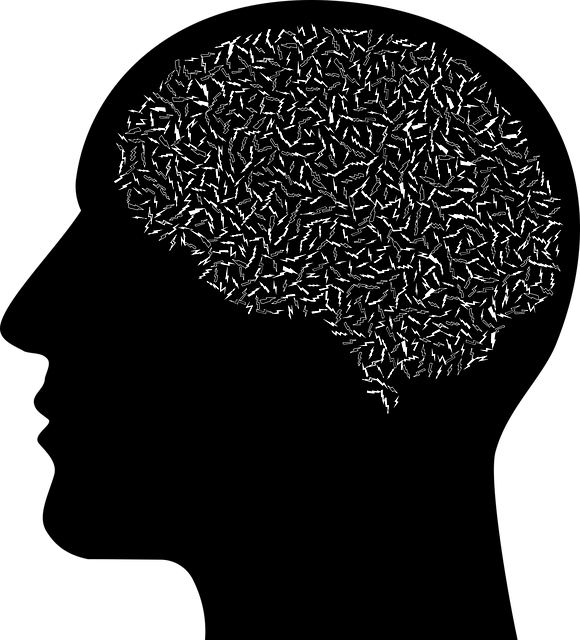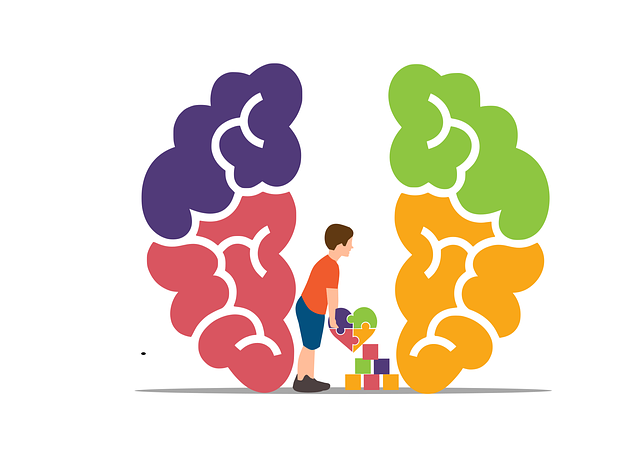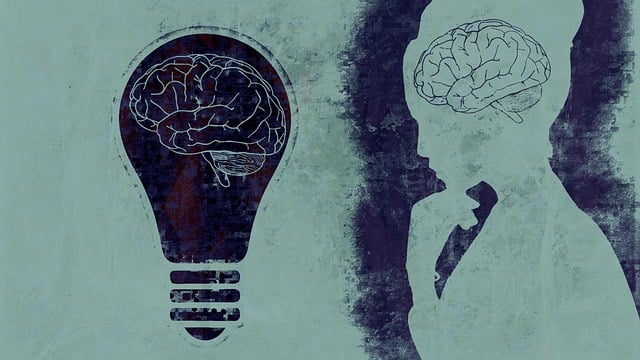Effective mental health education, focusing on conditions like panic disorder and anxiety attacks, as seen in Greenwood Village's approach, is key to prevention and management. Engaging curricula using interactive workshops, group discussions, and multimedia resources empower individuals to recognize symptoms and adopt coping strategies. Safe space creation fosters open dialogue, normalizes mental wellness conversations, and improves self-esteem. Evaluating programs through both quantitative (symptom reduction data) and qualitative (personal journeys) methods ensures effectiveness and guides future improvements.
Mental health education programs play a pivotal role in fostering well-being and preventing more severe issues. This article explores strategic design elements for such programs, focusing on anxiety and panic disorders. We delve into understanding these complex conditions, emphasizing the power of early intervention through education. Key aspects covered include engaging curriculum design with interactive techniques, creating safe spaces for open dialogue, and effective evaluation methods. By implementing these strategies, communities can significantly impact mental health support, especially in addressing Greenwood Village Panic Disorder and Anxiety Attacks Therapy needs.
- Understanding Mental Health Disorders: Unveiling the Complexities of Anxiety and Panic Attacks
- The Role of Education in Early Intervention and Prevention Strategies
- Designing an Engaging Curriculum: Incorporating Interactive Learning Techniques
- Facilitating Safe Spaces: Creating Supportive Environments for Open Discussion
- Measuring Success: Evaluation Methods for Effective Mental Health Program Delivery
Understanding Mental Health Disorders: Unveiling the Complexities of Anxiety and Panic Attacks

Understanding mental health disorders is a crucial step in developing effective education programs. Among the many conditions that professionals and individuals alike should be aware of, anxiety and panic attacks, as experienced in Greenwood Village Panic Disorder and Anxiety Attacks Therapy, present unique challenges due to their complex interplay of physiological and psychological factors. These episodes can significantly impact daily life, making it essential for educators to demystify such disorders and promote empathy.
The Mental Wellness Podcast Series Production can serve as a valuable tool to uncover the intricacies of anxiety disorders. Through engaging content, listeners gain insights into the triggers, symptoms, and coping strategies associated with panic attacks. Moreover, discussions on Risk Assessment for Mental Health Professionals are vital in ensuring practitioners can identify and support those affected, boosting their confidence in managing such cases.
The Role of Education in Early Intervention and Prevention Strategies

Early intervention is a cornerstone of effective mental health management, and education plays a pivotal role in this strategy. Mental health education programs design tailored to reach individuals at risk or those experiencing early signs of disorders like panic disorder and anxiety attacks can significantly impact prevention. By providing accurate information about these conditions, these programs empower people to recognize symptoms and seek help promptly. Through interactive workshops and discussions, participants learn coping mechanisms and build empathy-building strategies that foster understanding and support within communities.
Incorporating mental health education into schools, workplaces, and community centers can lead to widespread changes in attitudes and behaviors. This proactive approach aligns with the broader goals of mental health policy analysis and advocacy, pushing for more inclusive and supportive environments. For instance, raising awareness about anxiety disorders in Greenwood Village, Colorado, could encourage individuals experiencing panic attacks to receive timely therapy, potentially preventing long-term complications. Early intervention through education is a powerful tool in the ongoing battle against mental health stigmas and the promotion of overall well-being.
Designing an Engaging Curriculum: Incorporating Interactive Learning Techniques

In designing an engaging mental health education curriculum, interactive learning techniques are key to fostering active participation and knowledge retention. Incorporating practical exercises, group discussions, role-playing scenarios, and multimedia resources can help make complex topics more accessible and relatable for learners. For instance, a program focused on anxiety disorders like panic attacks could include interactive workshops where participants simulate anxiety triggers and practice coping strategies taught in Greenwood Village Panic Disorder and Anxiety Attacks Therapy.
This hands-on approach not only enhances understanding but also boosts confidence in managing mental health issues. By combining theoretical knowledge with practical applications, learners can better navigate their own experiences or support others within their communities. This is particularly important for preventing depression and fostering resilience, as interactive learning can help individuals develop coping mechanisms that are tailored to their unique needs, promoting overall well-being.
Facilitating Safe Spaces: Creating Supportive Environments for Open Discussion

In designing mental health education programs, one of the most vital components is cultivating safe spaces that encourage open dialogue. This involves crafting environments where individuals feel secure to share their experiences and emotions, free from judgment or stigma. At Greenwood Village, our approach to panic disorder and anxiety attacks therapy emphasizes this aspect, understanding that fostering a supportive atmosphere significantly enhances the therapeutic process. By creating such spaces, participants can begin to normalise conversations about mental wellness, reducing the barriers often associated with seeking help.
These safe havens facilitate meaningful exchanges, allowing individuals to learn from one another’s journeys. This collective sharing of experiences not only promotes empathy but also provides valuable insights into coping strategies and self-care practices. Moreover, it paves the way for a holistic understanding of mental health issues, including depression prevention, thereby empowering participants to take charge of their well-being. Incorporating interactive elements, such as group discussions or even a mental wellness podcast series production, can further engage individuals in these safe spaces, fostering self-esteem improvement and overall mental resilience.
Measuring Success: Evaluation Methods for Effective Mental Health Program Delivery

Evaluating the success of a mental health education program is paramount to ensuring its effectiveness and positive impact on participants’ lives. For programs focusing on conditions like Greenwood Village Panic Disorder and Anxiety Attacks Therapy, diverse evaluation methods can provide a comprehensive understanding of the program’s outcomes. Quantitative assessments, such as pre-post surveys measuring anxiety levels and panic attack frequency, offer tangible data for analysis. These surveys can reveal significant changes in symptoms, indicating the program’s success in alleviating distress.
Additionally, qualitative feedback through interviews or focus groups allows participants to share their personal journeys and perceptions of the program. This method captures individual stories of hope, coping strategies learned, and the overall impact on their emotional well-being promotion techniques. Combining both quantitative and qualitative data provides a holistic view, enabling program designers to refine and enhance future initiatives, ultimately improving mental health support for communities in need, including those suffering from anxiety disorders.
Mental health education programs play a pivotal role in empowering individuals to recognize and manage their well-being. By addressing anxiety and panic disorders through comprehensive curricula, we can facilitate early intervention and prevention strategies that significantly impact positive outcomes. Incorporating interactive learning techniques and fostering safe spaces for open discussion not only enhances engagement but also encourages students to seek support. Evaluating program effectiveness with robust measurement methods ensures that initiatives like Greenwood Village Panic Disorder and Anxiety Attacks Therapy remain tailored to meet the evolving needs of those seeking mental health education.














